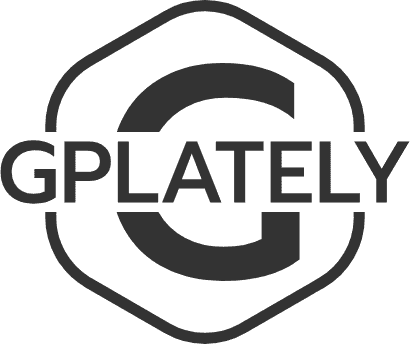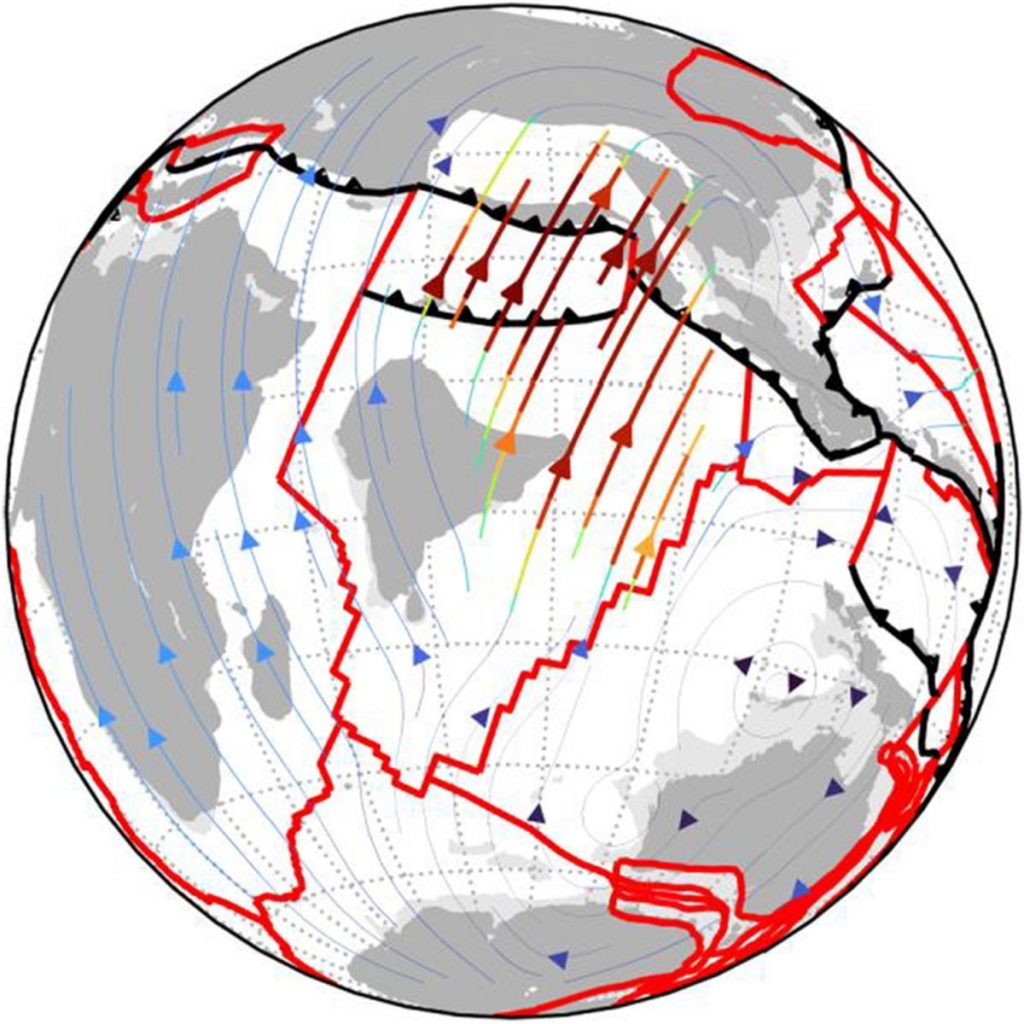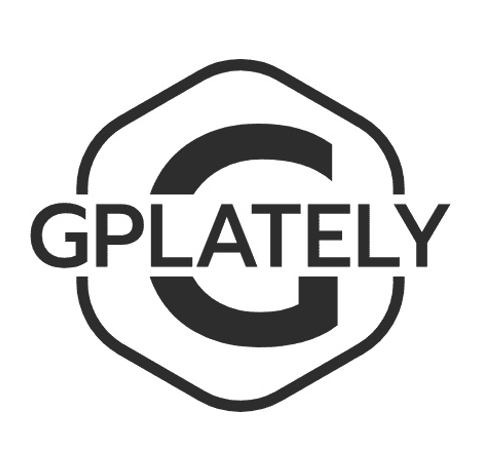
We have just released GPlately1.0 as a conda package. GPlately was created to accelerate spatio-temporal data analysis leveraging pyGPlates and PlateTectonicTools within a simplified Python interface. GPlately is a python package that enables the reconstruction of data through deep geologic time (points, lines, polygons and rasters), the interrogation of plate kinematic information (plate velocities, rates of subduction and seafloor spreading), the rapid comparison between multiple plate motion models, and the plotting of reconstructed output data on maps. All tools are designed to be parallel-safe to accelerate spatio-temporal analysis over multiple CPU processors.
Why do we need GPlately?
The traditional geographic information systems (GIS) interface of GPlates to build and visualize reconstructions has led to wide community adoption, however, the extraction of tectonic information from the graphical user interface (GUI) can be cumbersome or incomplete for spatio-temporal data analysis. The emergence of Python as a widely used scientific programming language brings with it new opportunities to use and interrogate different plate reconstructions. PyGPlates was created to facilitate such spatio-temporal data analysis. PyGPlates is a fine-grained Python interface aimed at exposing the essential plate reconstruction functionality of GPlates to researchers. However, this can be challenging for geoscientists with minimal grounding in Python programming. Even researchers experienced in pyGPlates may find the low-level details cumbersome. Here, we introduce a high-level interface to pyGPlates, which streamlines many of the low-level functions within pyGPlates into a simplified object-oriented package called “GPlately”.
To learn more, check out our paper in Geoscience Data Journal: https://doi.org/10.1002/gdj3.185
Installation
We are excited to announce that pyGPlates + GPlately is available on conda for Windows, Mac (Intel and ARM), and Linux.
conda install -c conda-forge gplately
For more detailed instructions check out the GPlately GitHub repository.
Documentation and examples
The GPlately User Manual contains rich documentation on all Python functions and objects within GPlately. GPlately tutorials are in the form of Jupyter Notebooks which document common workflows to reconstruct data, interrogate and compare different plate models, and plotting data on maps. The Jupyter Notebooks are rendered in HTML for quick reference, alternatively download the GPlately GitHub repository to run the notebooks on your own computer.
Acknowledgements
GPlately is community software supported by AuScope. Please share widely. We welcome all contributions to develop and improve this community software.
Citing GPlately + pyGPlates
Mather, B.R., Müller, R.D., Zahirovic, S., Cannon, J., Chin, M., Ilano, L., Wright, N.M., Alfonso, C., Williams, S., Tetley, M., Merdith, A. (2023) Deep time spatio-temporal data analysis using pyGPlates with PlateTectonicTools and GPlately. Geoscience Data Journal, 1–8. Available from: https://doi.org/10.1002/gdj3.185

![]()

